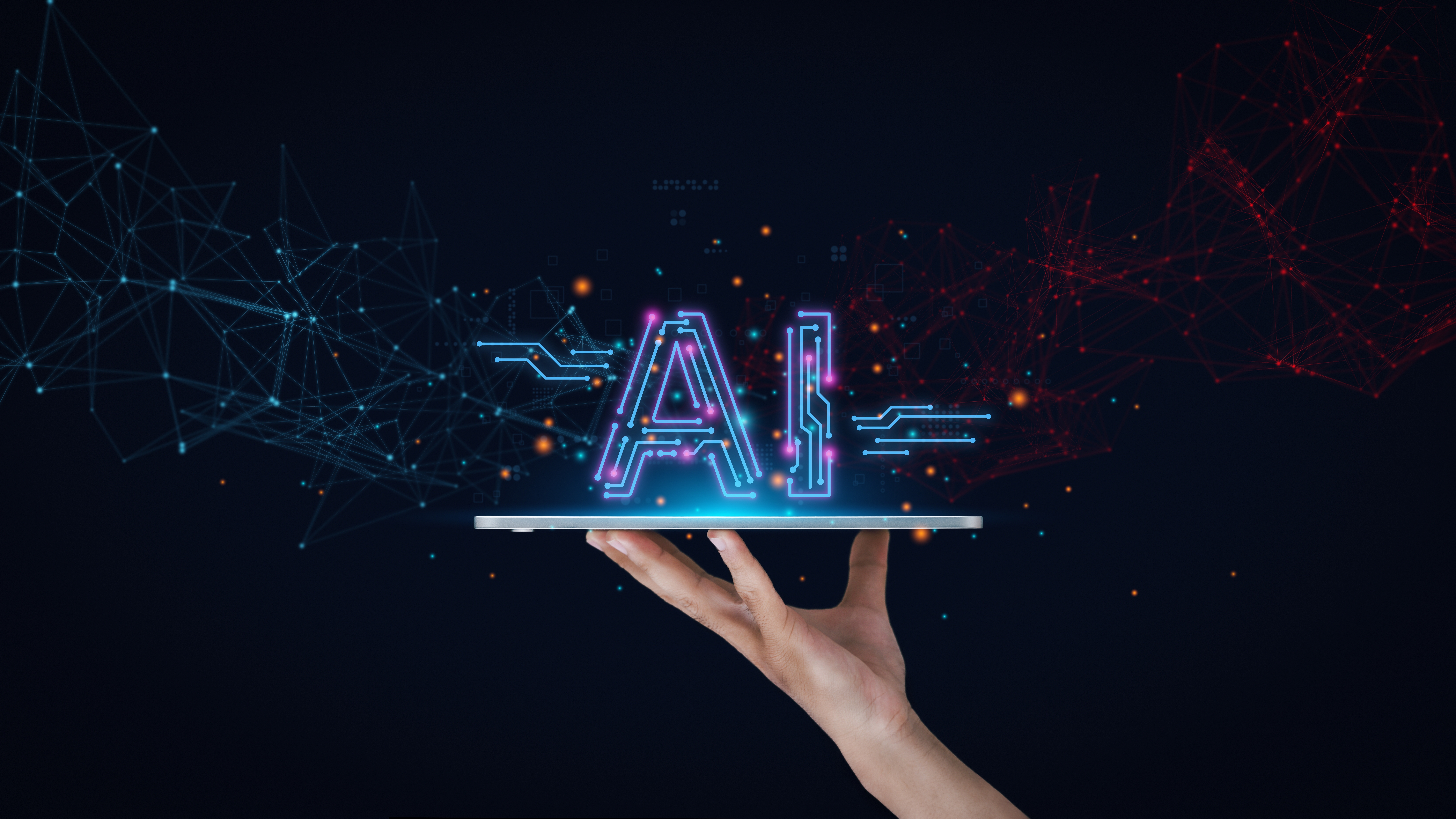Ana Muñoz, Technology Editor at Business Insider Spain
Artificial intelligence is part of our lives, and sometimes it does so imperceptibly. Every time you go to find a faster route on your maps, buy a product online or find out what the weather is going to be like tomorrow, you are probably using AI without even realizing it.
However, behind these improvements ranging from the mundane to the more sensitive – such as medical advances or autonomous cars – is a bullet that must not be lost sight of: bias, which threatens to perpetuate and deepen existing inequalities. That is why it is essential that learning algorithms, data and progress (as well as those who create it) go hand in hand with a fairer system for all.
As a McKinsey study entitled What artificial intelligence can do and what it can’t (yet) do for your business explains, “eliminating bias [in AI] is proving to be one of the most worrying and socially challenging hurdles to date”.

Real-life examples of artificial intelligence biases provide organizations with useful information on how this issue should be identified and addressed. By looking at these examples and changing them, data scientists can begin to build a roadmap to discover and prevent biases in their machine learning models.
For example, if the databases themselves are altered because only certain ethnic groups are used to build them, the results of that AI will be biased in its responses. In this regard, Joy Buolamwini, an African-Canadian computer scientist who realised that various facial recognition robots were not identifying her face, is a well-known case in point. When she realised this, she began to investigate and realised that the robots had been trained on white people, which meant that they were unable to recognise others. As a result, the expert created an organisation called the Algorithmic Justice League, which is dedicated to combating discrimination in these technologies.
This includes an even more worrying variant: the scarcity of women in technological positions (only 30%, according to the World Economic Forum), and even fewer in jobs related to AI. According to a study by the Telefónica Women in AI Foundation, the figure drops to 22% if we talk about jobs related to artificial intelligence in Spain.
This highlights the opportunity for female profiles in a growing field, as equal gender representation in the development and application of AI is essential to avoid bias in the development of this technology.
In addition, the lack of diversity in AI development teams tends to lead to several problems. On the one hand, it means a lack of perspective in the design and development of this technology and will therefore lead to less effective solutions to problems that arise, as the needs, experiences and perspectives of diverse genders will not be considered. On the other hand, if artificial intelligence is used to make business decisions, this information may be based on biased data that perpetuates the exclusion of women (and other groups in society) – not to mention the loss of opportunities for innovation.
Given this situation, the role of recruitment, as well as the role of the trainer of companies and the incentive by the government in the STEM field so that the former are predisposed to it, must be proactive. And not only in the field of education or as mere users, but also as technology developers, as they are the key to ensuring that AI in the future is unbiased and offers unbiased solutions with unimpeachable ethics. To this end, it is also essential that these women developers are promoted to leadership positions, that they are given the opportunity to be leaders regardless of their status, so that the full potential of this discipline that we are now addressing can be realised. Thus, the corporate culture of many companies must change, not only in terms of salaries – which need to be equalised in order to develop and be attractive to them – but also through real actions. Among them, Google’s recent initiative to train 50 women in generative AI through an 8-week course stands out, but there are not many more examples of this kind (even if they are necessary).
After all, it is not a matter of limiting the use of technology, and more specifically of this discipline, but of making those who use and develop it aware of its barriers and of taking into account the uses to which it is put. Therefore, strong policy and regulatory actions are needed so that society as a whole, and not just a part of it, is represented.
Stay up to date about everything
Subscribe to stay up to date with the latest content from Mobile World Capital Barcelona.
